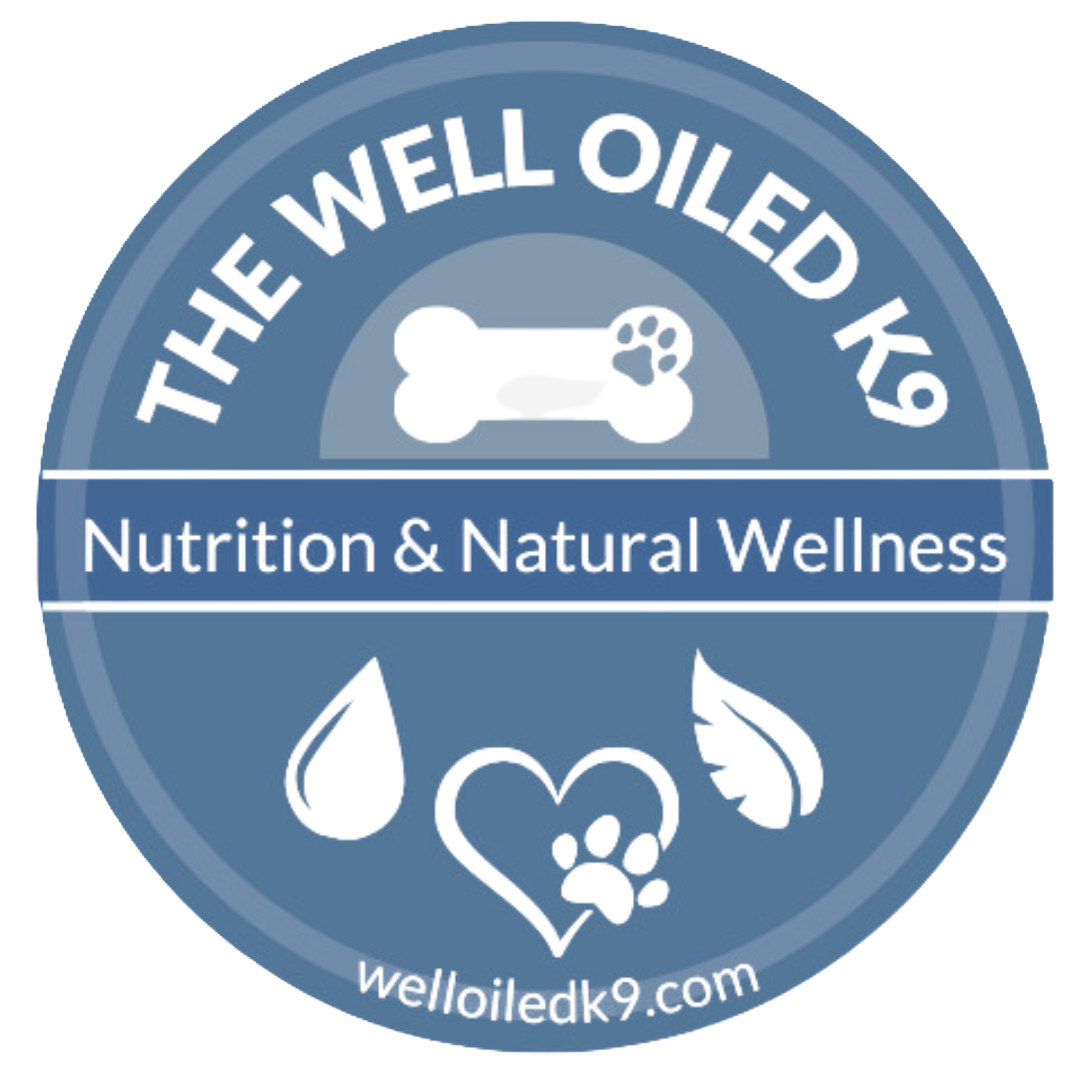The Benefits of Kefir For Your Dog
1 Tablespoon Per 10 Pounds of Weight for your dog.
Can Your Dog Eat Kefir
Yes she can. And it is a powerhouse probiotic. Some argue Kefir has 15 Billion to as much as 4 trillion live probiotics.
My dogs love it! I use it once a week with my NDF2 from Volhard as an alternative to or with cheese. It could also be used with the AM/PM diet along with the yogurt.
What is Kefir
Kefir is fermented milk. It may be goat, cow, coconut, rice, soy, sheep ,or any other milk. It’s made by culturing the milk with kefir grains. Kefir grains are a mixture of bacteria and yeasts. It’s a bit like thick liquid yogurt - only way better.
The fermentation means that it’s virtually lactose-free. This may mean, even the dogs that do not tolerate typical dairy well can take Kefir.
Kefir generally has more probiotics than any other naturally fermented food. It will have up to 61 different microbes.
Fermented foods like kefir, rich in probiotics, can be a valuable addition to your dog's diet. Whether your dog recently completed antibiotics or you're tackling issues such as allergies, digestive problems, obesity, diabetes, or liver disease, these foods hold promise. Their ability to modulate the gut microbiota makes them potentially beneficial in managing such conditions.
Benefits of Kefir Include:
Improvements in digestion and immunity, gut health
Improves gut biome in dogs and cats
Source of Calcium
Cellular Health
First Aid for Wound Care
Support Normal Glucose Levels
Ease Allergy Reactions
Support Natural Inflammatory Response
It’s a good source of protein.
Frequency of Use
I am a firm believer in the rotation of probiotics. The variety of cultures can be very healthy for your dog.
How much Kefir Should You Give — Approx 1 tsp per 10 pounds as a supplemental probiotic.
If you are new to probiotics, start with a very small amount and allow your dog’s system to adjust to each amount for 2-3 days before increasing the amount. It should take 9-10 days to reach the full suggested amount. Healing slowly is a good thing.
If your dog is on a supplemental probiotic — consider adding fresh real-food probiotics like Kefir 2-3 times per week.
See also Fermented Veg and Saurkraut
Researchers at Ben-Gurion University of the Negev (BGU) in Be’er Sheva, Israel, have now discovered that a type of yeast in kefir called Kluyveromyces marxianus secretes a molecule that disrupts bacterial communication.
This may mean that this yeast compound can help reduce the risk of disease and help combat antibiotic-resistant bacteria. Read the Research
Topical Use of Probiotics for Allergy Relief
Did you know you can apply probiotics like Kefir topically? If your dog is really struggling with itchy paws, you may want to create a Kefir or yogurt base with added probiotics, essential oils, herbs, for soothing and let your dog’s feet “soak” in this mixture for soothing — and a bit of healing!
Did you know you can make your on Kefir? Join my online community for how-to!

